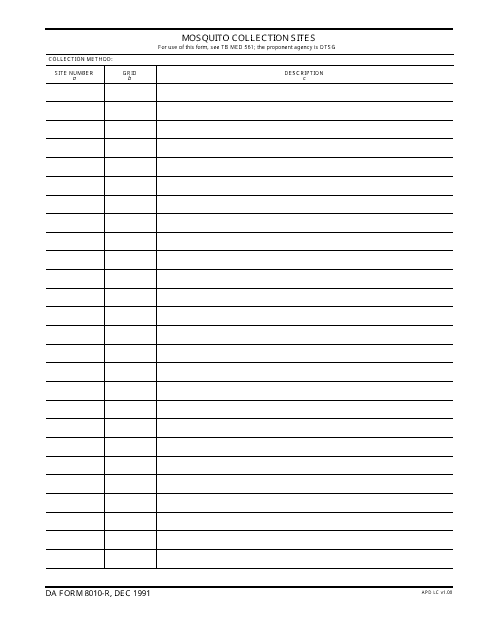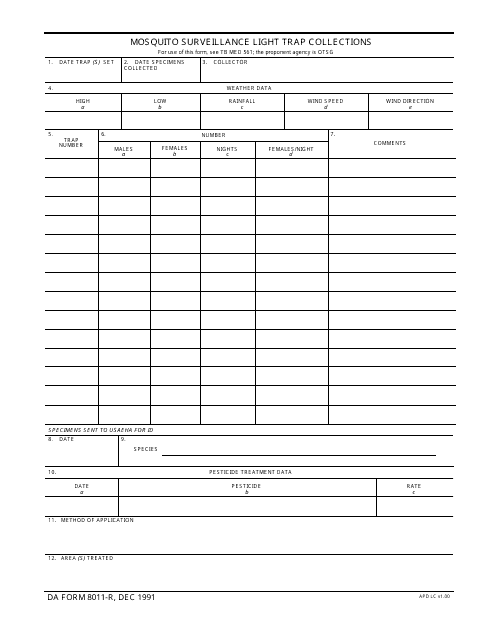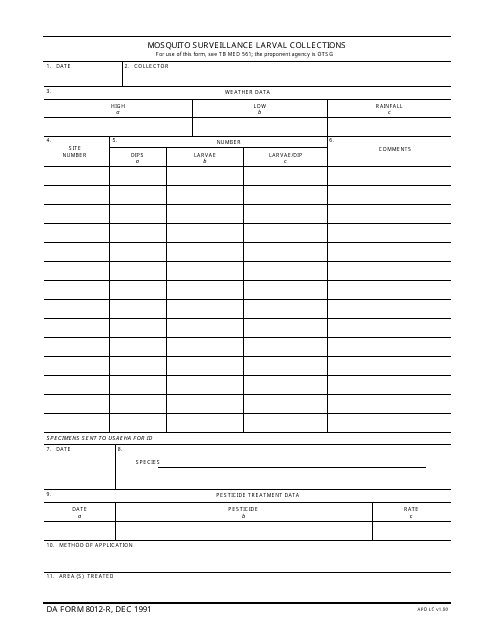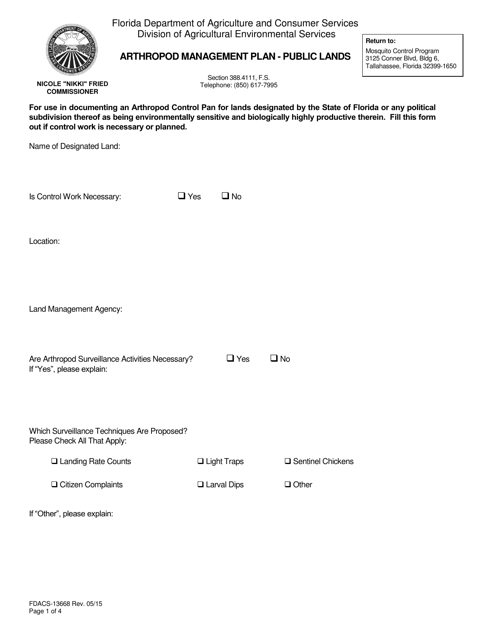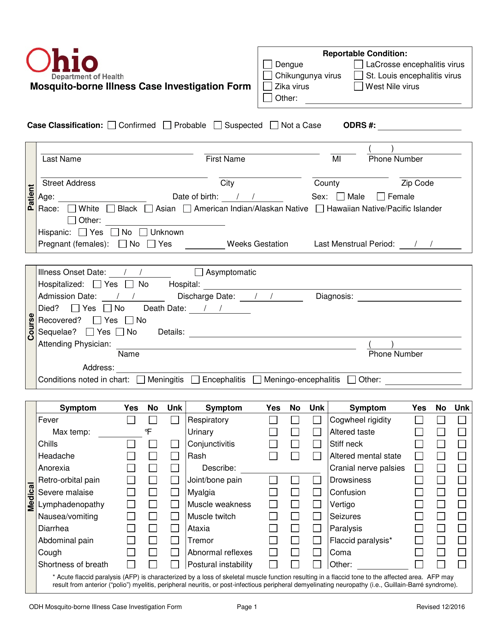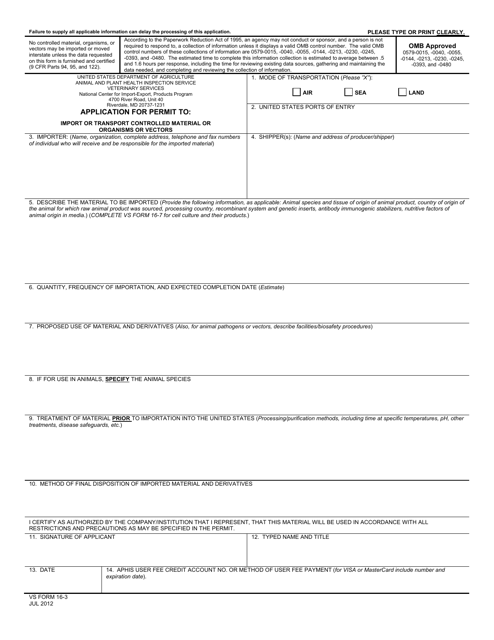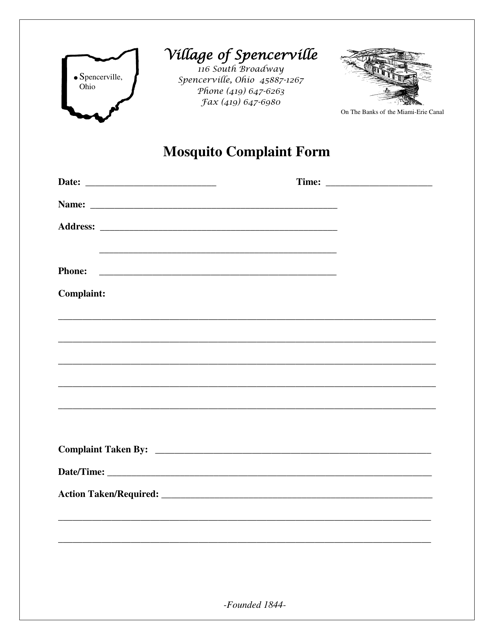Vector Control Templates
Vector Control, also known as controlled vectors or vector management, is the practice of eradicating or minimizing the population of disease-carrying organisms, such as mosquitoes, flies, and ticks. These organisms, also known as vectors, can transmit harmful pathogens that pose a threat to human health.
In order to effectively combat vector-borne diseases and protect public health, various measures and protocols need to be implemented. This includes the collection and surveillance of vectors, such as mosquitoes, using specialized forms like the DA Form 8010-r Mosquito Collection Sites and the DA Form 8011-r Mosquito Surveillance Light Trap Collections. These forms help gather critical data on the population and distribution of vectors, which can inform targeted intervention strategies.
Another important aspect of vector control is the investigation of confirmed cases of mosquito-borne illnesses. The Mosquito-Borne Illness Case Investigation Form - Ohio is used to gather vital information about affected individuals, their symptoms, and potential exposure factors. This information is crucial for tracking the transmission of diseases and implementing appropriate control measures.
In some cases, it may be necessary to import or transport controlled materials, organisms, or vectors for research or other authorized purposes. The VS Form 16-3 Application for Permit to Import or Transport Controlled Material or Organisms or Vectors is an essential document for obtaining the necessary permissions and ensuring compliance with relevant regulations.
Additionally, community engagement plays a vital role in vector control efforts. Local residents can contribute to these efforts by reporting mosquito-related issues through forms like the Mosquito Complaint Form - Village of Spencerville, Ohio. This allows authorities to address specific problem areas and take appropriate measures to reduce the vector population and minimize the risk of vector-borne diseases.
Overall, effective vector control is crucial in safeguarding public health from the threats posed by disease-carrying organisms. By utilizing specialized forms, conducting surveillance, and involving the community, we can create a safer environment and mitigate the risks associated with vector-borne illnesses.
Documents:
7
This Form is used for tracking and documenting mosquito collection sites.
This document is used for recording the collections made from mosquito surveillance light traps using DA Form 8011-R. It helps in monitoring and studying mosquito populations for disease control purposes.
This form is used for mosquito surveillance larval collections. It helps to collect and monitor mosquito larvae for public health purposes.
This form is used for creating an Arthropod Management Plan specifically for public lands in the state of Florida. It helps in planning and implementing strategies to manage arthropod populations for the conservation and protection of public lands.
This Form is used for investigating cases of illness transmitted by mosquitoes in Ohio. The form helps gather information about suspected cases to determine the cause and prevent further spread of the illness.
This form is used for applying for a permit to import or transport controlled material, organisms, or vectors.
This form is used for submitting complaints about mosquito issues in the Village of Spencerville, Ohio.

